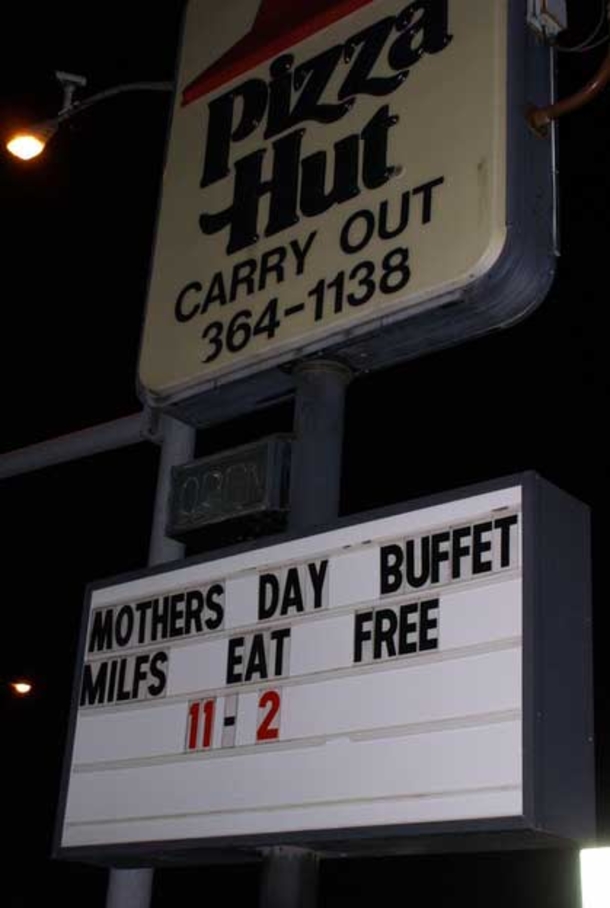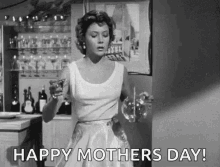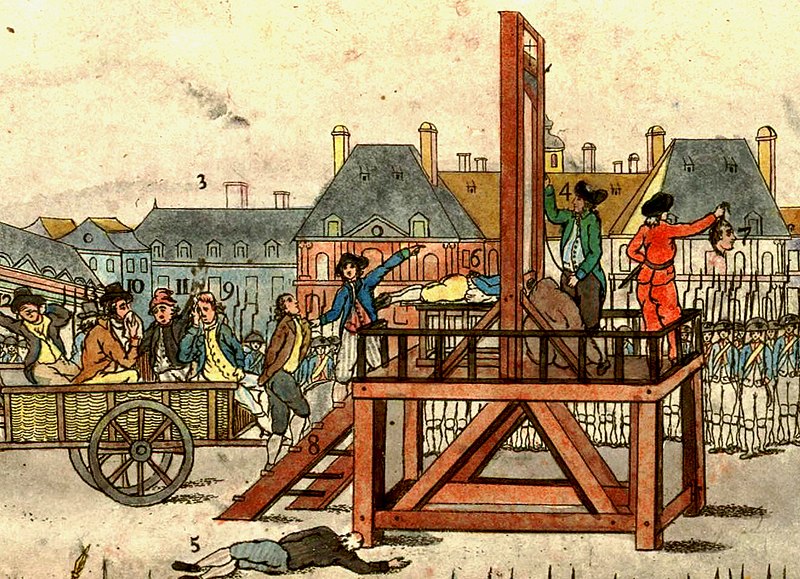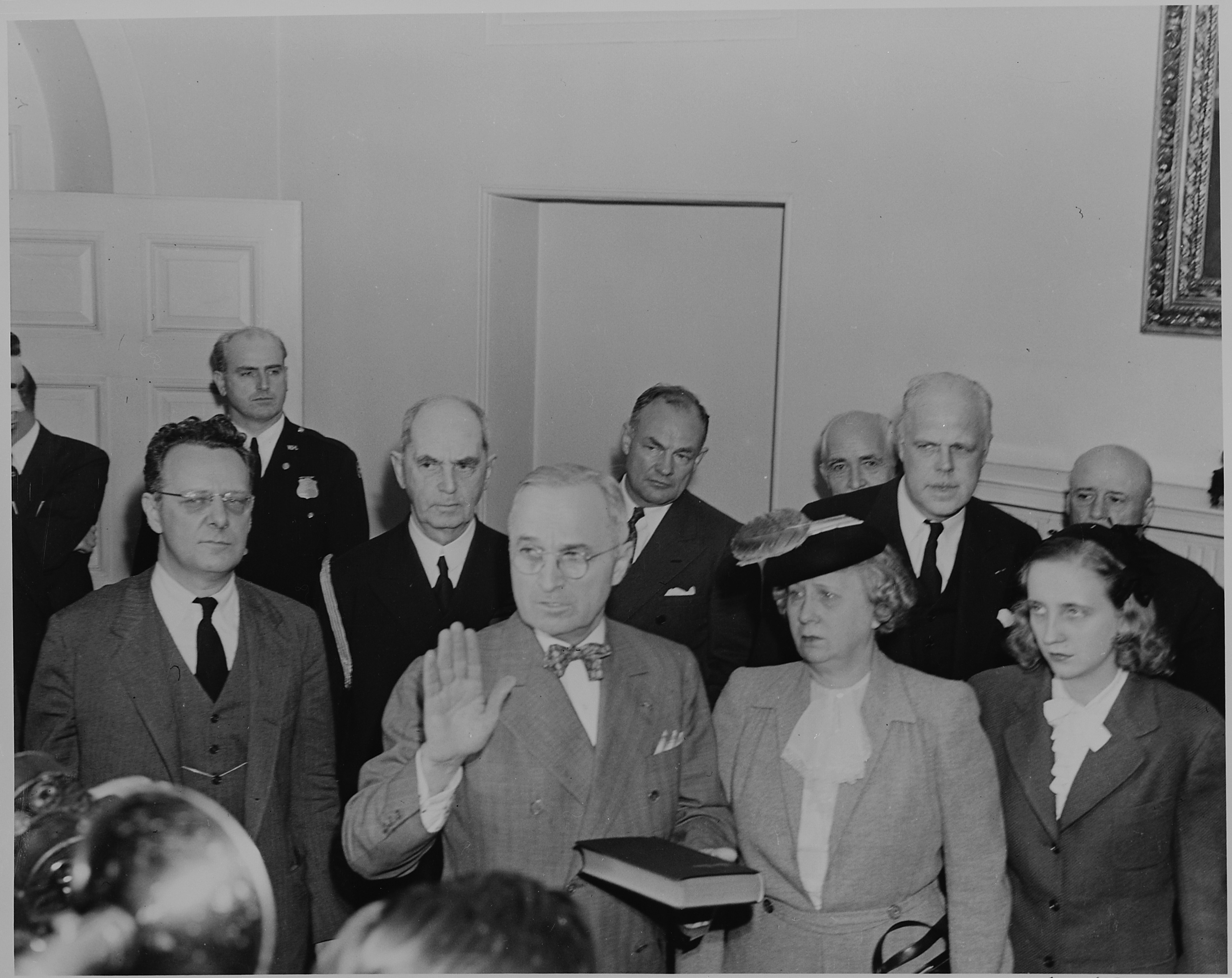(On the actual date,) More visitors, more output of bilious liquid. But the volume did start to come down - just 2000 ml. I came up with a slogan for it, "While we manufacture the product, we here at ACME can not endorse it!" The nurses seemed to get a big kick out of it. A brief aside, the nurses at NYU Langone (and I suppose all nurses, in general,) were fantastic. The reason most patients get better is because of their nurses, as opposed to their doctors.
I checked in with my mom and inquired about her lobster feat which she enjoyed thoroughly. More laps around the floor. Switched back to TCM and for some unknown reason a Gilmore Girl marathon.
(More later.)
In case you didn't get you mom a great gift, you can remind her that you got your second booster shot of the vaccine just the other day and you can see her soon (so you have some extra time.) What your excuse will be next year is your business.
The United States celebrates Mother's Day on the second Sunday in May. In the United States, Mother's Day was loosely inspired by the British version of the day and was imported by social activist Julia Ward Howe after the American Civil War. However, it was intended as a call to unite women against war. In 1870, she wrote the Mother's Day Proclamation as a call for peace and disarmament.
Howe failed in her attempt to get formal recognition of a Mother's Day for Peace. Her idea was influenced by Ann Jarvis, a young Appalachian homemaker who, starting in 1858, had attempted to improve sanitation through what she called Mothers' Work Days.
She organized women throughout the Civil War to work for better sanitary conditions for both sides, and in 1868 she began work to reconcile Union and Confederate neighbors.
When Jarvis died in 1907, her daughter, named Anna Jarvis, started the crusade to found a memorial day for women. One of the first such Mother's Day was celebrated in Grafton, West Virginia, on May 10, 1908, in the church where the elder Ann Jarvis had taught Sunday School. Originally the Andrews Methodist Episcopal Church, this building is now the International Mother's Day Shrine (a National Historic Landmark). From there, the custom caught on - spreading eventually to 45 states. The holiday was declared officially by some states beginning in 1912. In 1914, President Woodrow Wilson declared the first national Mother's Day, as a day for American citizens to show the flag in honor of those mothers whose sons had died in war.
Nine years after the first official Mother's Day, commercialization of the U.S. holiday became so rampant that Anna Jarvis herself became a major opponent of what the holiday had become. Mother's Day continues to this day to be one of the most commercially successful U.S. occasions. According to the National Restaurant Association, Mother's Day is now the most popular day of the year to dine out at a restaurant in the United States. (Please try to wear your mask while you're outside.)
Please enjoy one of the major holidays with actually encourages daytime drinking.
May 8, 1942 -
(Unusual, for his career), John Huston's second directorial outing, the soap-opera, In This Our Life, starring Betty Davis, Olivia de Havilland, George Brent, and Dennis Morgan, premiered in New York City on this date.
John Huston carried on a torrid affair with Olivia de Havilland during the shoot. Warners studio head Jack L. Warner said, "Anyone could see that . . . it was Valentine's Day on the set . . . When I saw the rushes I said to myself, 'Oh-oh, Bette has the lines, but Livvy is getting the best camera shots'."
May 8, 1943 -
Another Tex Avery masterpiece, Red Hot Riding Hood, was released on this date.
Director Tex Avery was famous for his off the wall cartoons, which were aimed more toward adult audiences than children. Here, however, he pushed the limits of what was considered acceptable, and in several places the film was toned down in order to satisfy the U. S. censors.
May 8, 1946 -
David O. Selznick's very silly but highly entertaining, Duel in the Sun, premiered in New York on this date. (Even if you hate this film, you must watch the ending.)
The film's musical score was the subject of a famous soundstage exchange between producer David O. Selznick and composer Dimitri Tiomkin. After Selznick first heard Tiomkin's love theme, he was visibly disappointed and admonished the composer, "You don't understand. I want real f**king music!" To which Tiomkin angrily replied, "You f**k your way, I f**k my way. F**k you - I quit!" Their differences were eventually patched up, and Tiomkin's music was used in the final film.
May 8, 1958 -
Hammer Studios had its turn at the classics when Horror of Dracula premiered in the US on this date.
The cape worn by Christopher Lee was discovered in 2007 in a London costume shop during its annual inventory-taking. It had been missing for thirty years and is believed to be worth around $50,000. Lee was contacted to verify its authenticity.
May 8, 1963 -
The first James Bond film, Dr. No, starring Sean Connery as the MI6 agent 007, premiered in US on this date.
Sean Connery is morbidly afraid of spiders. The shot of the spider in his bed was done with a sheet of glass between him and the spider, which can be seen in one shot in the movie. When this didn't look realistic enough, additional close-up scenes were re-shot with stuntman Bob Simmons. Simmons reported that the tarantula crawling over Bond was the scariest stunt he had ever performed.
May 8, 1984 -
Joanie (Erin Moran) and Chachi (Scott Baio) tied the knot (finally) on Happy Days, on this date.
The comedy series, starring Henry Winkler, Tom Bosley and Marion Ross (Ron Howard and Anson Williams had already left the show), was winding down in its final season on ABC-TV.
May 8, 2010 –
On a Mother’s Day-themed episode, the 88-year old Betty White, more than 70 years in show business, six Emmy Award winning actress, hosted Saturday Night Live, thanks to a push by fans on Facebook.
She won her seventh Emmy for her appearance.
Another book from the back shelves of the ACME Library
Today in History:
On May 6, 1758, Maximilien-Francois-Marie-Isidore de Robespierre was born (this is not the Today in History fact but follow along, we'll get to it). Even in the revolutionary context of his age, Mr. Robespierre stands out as one of the most revolting figures in history.
M. Robespierre fought valiantly to help revolutionary France achieve liberty, fraternity and equality but inadvertently caused an unfortunate turn of weather known as the "rain of terror."
At first this rain caused only French loyalists to lose their heads, but M. Robespierre's egalitarian convictions led him to conclude that citoyens from all walks of life should lose theirs as well. The celebrated chemist Antoine-Laurent Lavoisier, for example, was beheaded on May 8, 1794 for having identified oxygen, which people mistakenly thought to be one of the noble gases.
M. Robespierre ended up losing his own head on the guillotine; this was called poetic justice by some Frenchmen and irony by others. This disagreement eventually produced the Napoleonic Age, in which soldiers had to crawl on their stomachs until Napoleon was disabled by the sight of Elba.
May 8, 1886 -
John Stith Pemberton was druggist and drug addict in North Carolina, plagued by his morphine addiction. Pemberton began work on a coca and cola (kola) nut beverage. It was intended to stop headaches and calm nervousness, but others insist he was attempting to create beverage to help control his addiction, also afflicting other wounded Confederate veterans (he was shot once and slashed with a saber). At that time, beverages containing coca leaf, which in turn contains cocaine were believed to be helpful in combating dependence on opiates. He began this process at his Columbus laboratory, but soon after the war, moved his entire operation to Atlanta.
He created the formula in a brass kettle in his backyard on May 8th 1886. He instructed his assistant, Venable, to mix it with ice water and chill it. They drank it, and both loved it (of course they did - who wouldn't love a drink with cocaine in it). But then Venable accidentally mixed it with carbonated water. They decided to sell it as a fountain drink, as an alternative for root beer and ginger ale.
Pemberton's bookkeeper, Frank Mason Robertson suggested that they name it Coca Cola for the Coca leaves and Kola (cola) nuts in it. Indeed, Coca-Cola was originally advertised (in part) as a cure for morphine addiction.
Oh, for the original formula.
May 8, 1945 -
Let's face it, Harry S. Truman was a shlub for most of his adult life. He was a failed businessman. He was a minor cog in a a political machine when he was picked to be Senator for his home state, Missouri. Roosevelt picked him to be his Vice President to spite his former Vice President, Henry Wallace, who was thought too liberal. Truman's vice-presidency was relatively uneventful, and contact with the White House was minimal; he was not asked for advice nor informed of major decisions. Truman might have slipped into historical obscurity had Roosevelt not to have a massive stroke and died on April 12, 1945.
Truman's birthday was coming up and Germany, well, the part of it that didn't commit suicide in the bunker or fled to Argentina wanted to give the new President a special gift. So on May 7th, the Chief-of-Staff of the German Armed Forces High Command, General Alfred Jodl, one of the only German's left standing, signed the unconditional surrender documents for all German forces to the Allies.
All active operations were to cease at 23:01 Central European Time on May 8 1945, Truman's 61st birthday.
And what did Jodl get for this special gift - a necktie party at the end of his trial at Nuremberg. It was later learned that Jodl was neither guilty of crimes of war punishable by death under international law, nor of other crimes which would have made him a criminal or abuser of military power.
Oops, that what you get for trying to be nice!
And so it goes.






No comments:
Post a Comment